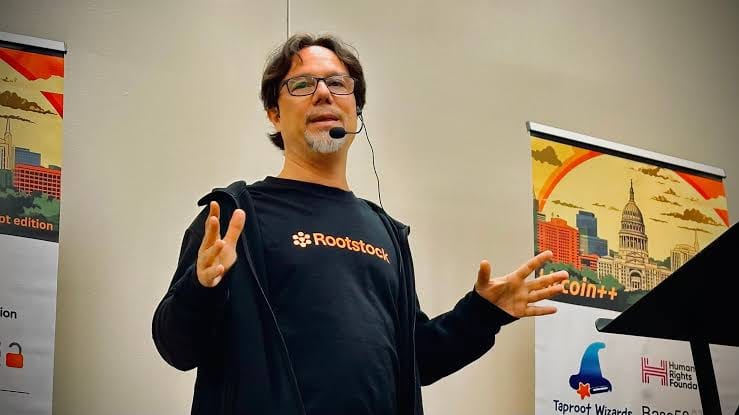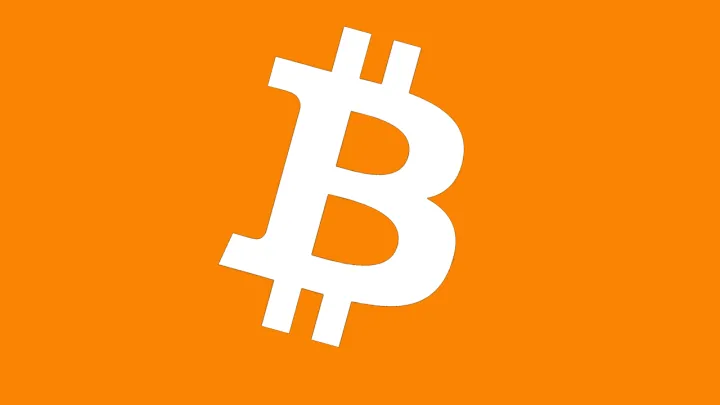Rootstock Boosts Bitcoin DeFi Security with 81% Hashrate Share

Rootstock’s recent milestone—securing 81 % of Bitcoin’s total hashrate—marks a pivotal shift in the security and viability of Bitcoin-based DeFi. By integrating major mining pools like Foundry and SpiderPool, Rootstock has elevated its merged mining participation from roughly 56 % in Q4 2024 to an industry-leading 81 % in Q1 2025CoinDeskCointelegraph. This surge not only fortifies Rootstock against majority‐hashrate attacks but also reduces transaction costs by up to 95 % compared to on‐chain Bitcoin fees and 55 % versus Ethereum feesCoinDesk. In this article, we’ll explore how Rootstock’s merged mining strategy enhances security, drives cost efficiencies, and paves the way for broader Bitcoin DeFi adoption—while pointing you to key Mitosis resources along the way.
Introduction
Bitcoin’s innate security stems from its proof‐of‐work consensus, yet native DeFi on Bitcoin lags behind Ethereum in both functionality and safety. Layer‐2 solutions like Rootstock aim to bridge that gap by enabling smart contracts while tapping into Bitcoin’s hash power. Rootstock’s recent integration of Foundry (the world’s largest mining pool) and SpiderPool (the sixth‐largest) pushed merged mining participation to 81 %, effectively co‐validating layer‐2 transactions with the majority of Bitcoin minersCoinDeskCointelegraph. For readers unfamiliar with “merged mining,” see our Glossary: merged mining for definitions and mechanics. This leap in security, coupled with dramatically lower fees, is reshaping the contours of Bitcoin DeFi.
Elevating Security Through Merged Mining
How Merged Mining Works
Merged mining allows Bitcoin miners to simultaneously secure another blockchain—like Rootstock—without extra energy expenditure. Miners include Rootstock block headers in their Bitcoin proof‐of‐work, effectively binding rootstock blocks to Bitcoin’s immutability. As a result, Rootstock inherits much of Bitcoin’s hashpower and decentralization stance.
- Pre‐integration baseline: In Q4 2024, Rootstock merged mining participation hovered around 56 %CoinDesk.
- Post‐integration surge: By Q1 2025, participation climbed to 81 %, equating to over 740 EH/s of combined hash power—surpassing Bitcoin’s October 2024 peakCointelegraph.
This level of security drastically raises the cost of any attempted 51 % attack on Rootstock, making exploits economically unviable. For a deep dive into blockchain security models, check out our Blockchain Foundations category.
Network Maturity and Resilience
Messari’s “State of Rootstock” report highlights that this hashrate milestone signifies a maturation phase for Rootstock’s merged mining ecosystemMessari. A mature merged‐mining network:
- Deters reorgs by making it prohibitively expensive to reorder blocks.
- Stabilizes confirmation times, reducing variance in block production.
- Encourages developer confidence, as projects can rely on robust security guarantees.
With 81 % of Bitcoin’s hashpower backing Rootstock, users and builders can trust that DeFi protocols on Rootstock enjoy near‐Bitcoin‐level security—crucial for financial applications.
Cost Efficiency and Transaction Performance
Dramatic Fee Reductions
Rootstock’s merged mining partners collaborated with core contributors to slash transaction fees by up to 95 % compared to on‐chain Bitcoin and 55 % versus Ethereum feesCoinDeskCryptodnes.bg. These savings emerge from Rootstock’s faster block times (approximately 30 seconds) and more efficient gas pricing mechanisms enabled by layer-2 architecture.
- Average daily transactions on Rootstock rose modestly by 4.3 % QoQ, even as fees dropped dramatically—evidence that lower costs can sustainably drive usageMessari.
- Peak activity days saw up to 24,107 transactions, compared to lows of 7,781 in the quarter—highlighting both capacity and resilience under variable loadMessari.
For a primer on gas mechanics and fee markets, visit our Glossary: gas fee.
Impact on DeFi User Experience
Lower fees and consistent confirmation times make Rootstock attractive for DeFi activities like lending, stablecoin issuance, and decentralized exchanges. Cointelegraph reports that, despite a TVL dip from $244.6 M in January to $179.9 M by March 31, 2025, Rootstock’s user base values cost predictability as a key driver for on‐chain actionsCointelegraph. As a result:
- Stablecoin market share diversified, with USDT holding 27.5 %—down from 41.3 % in Q4 2024, indicating healthier competition among assetsMessari.
- Active addresses decreased 26.5 % QoQ, but the network’s capacity to handle peak loads improved thanks to lower congestionMessari.
These dynamics underscore how security and efficiency together foster a more robust, user-friendly DeFi environment.
Implications for Bitcoin DeFi Adoption
Building Trust with Miners and Developers
Rootstock’s hashpower milestone attracts both miners—by offering additional revenue streams—and developers, who gain confidence in the network’s resilience. As Andrew Yang of Messari notes, “Rootstock is well-positioned for broader adoption through core upgrades like a 60 % reduction in transaction fees, alongside sustained investment in builder education and incentive programs”Cointelegraph.
For partnerships and collaborative opportunities, see our Ecosystem Connections section, where we highlight integrations with Mitosis’s cross-chain liquidity strategies in Mitosis Core.
Competitive Positioning Among Bitcoin Layer-2s
While Stacks and BOB (“Build on Bitcoin”) also pursue Bitcoin-based smart contracts, Rootstock’s security lead gives it a competitive edge. By capturing 81 % of Bitcoin’s hashrate, Rootstock sets a new bar for layer-2 security, which could:
- Attract institutional interest seeking Bitcoin-native DeFi without sacrificing security.
- Encourage stablecoin issuers, lending platforms, and DEX builders to migrate or launch collateralized by Bitcoin’s hashpower.
For broader market context, our Market Insights category analyzes trends like TVL shifts, miner behavior, and DeFi adoption patterns.
Conclusion
Rootstock’s achievement of 81 % merged mining participation represents a watershed moment for Bitcoin DeFi. By harnessing the lion’s share of Bitcoin’s hashpower, Rootstock combines near-Bitcoin security with cost and performance advantages that rival Ethereum alternatives. These developments not only reduce barriers to entry for DeFi users but also inspire confidence among developers and institutional actors.
Practical takeaways:
- Security: Merged mining secures layer-2 transactions with 81 % of Bitcoin’s hashpower, deterring attacks.
- Efficiency: Transaction fees are up to 95 % lower than on‐chain Bitcoin, improving UX.
- Adoption: Enhanced security and cost savings drive interest from developers, users, and institutions.
Future questions:
- How will competing Bitcoin layer-2s respond to Rootstock’s security lead?
- Can institutional capital flow into Bitcoin DeFi now that security and costs are optimized?
- What new applications will emerge when DeFi leverages 81 % of Bitcoin’s hashpower?
Explore more:
Internal Links:
- Liquidity TVL Glossary
- Expedition Boosts
- Straddle Vault
- Mitosis University
- Mitosis Blog.
- Mitosis Core: Liquidity Strategies.
References
- “Bitcoin DeFi Security Improves as Rootstock Boosts Hashrate Share,” CoinDesk CoinDesk
- “Bitcoin DeFi sees surge in mining participation,” Cointelegraph Cointelegraph
- “State of Rootstock Q1 2025,” Messari Messari
- “Rootstock Boosts Bitcoin DeFi Security, Cuts Fees 95%,” AInvest AInvest
- “Rootstock Sees Record Merged Mining Growth,” CoinStats CoinStats
- “DeFi On Bitcoin Shows Opposing Signals in 2025,” CoinTribune Cointribune
- “Rootstock Q1 2025: technical growth, cost reduction…,” CryptoNomist The Cryptonomist
- “Rootstock Hits Milestones in Mining, But DeFi Faces a Downturn,” CryptoDnes Cryptodnes.bg



Comments ()